In the life of Vietnamese people, handicrafts are not only a traditional beauty but also a familiar part of daily life. And among the many traditional handicrafts of Vietnam, sedge mat weaving continues to be preserved and developed. In particular, in some provinces and cities, there are places that are still busy every day with weaving frames, with dyeing colors, with the traditional craft of making sedge mats for generations.
Let's follow MLifeOn to explore the craft of sedge mat weaving on a journey to Dak Lak (formerly Phu Yen area) - a windy coastal land, where the craft of weaving sedge mats is still preserved as a part of people's lives.
Sedge fibers - from the land to life
Unlike many areas specializing in rice cultivation, some craft villages in Tuy An District, Dak Lak province (formerly Phu Yen area) have chosen to grow sedge as a living material. In large fields, sedge is sown in the dry season, nurtured by the sun, wind and gentle land. When harvesting, people use carts, rafts or carry them on foot to the workshop - the starting stage of the mat weaving journey.

Sedge is grown around O Loan Lagoon in Tuy An District, Dak Lak Province
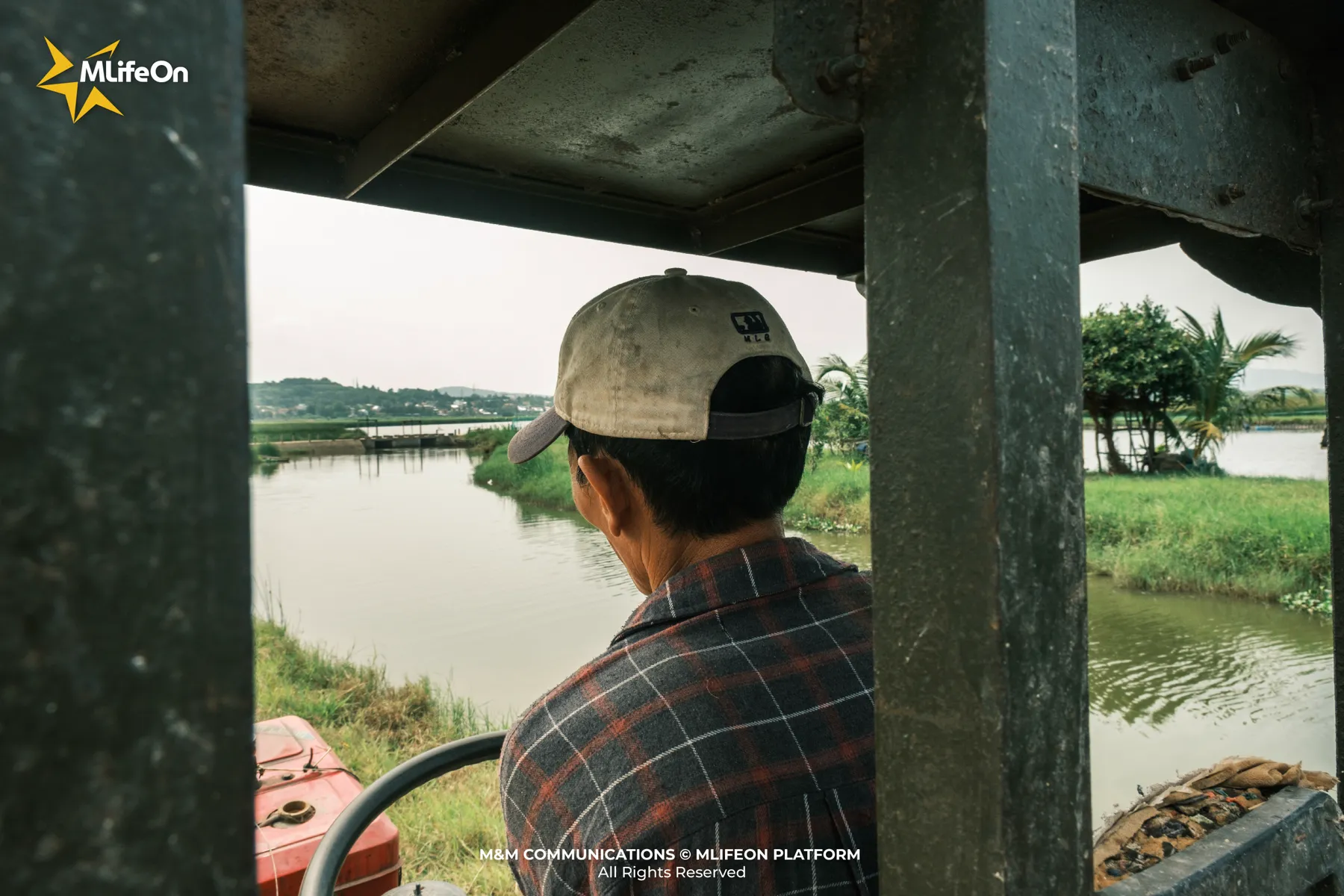
Following farmers to harvest sedge
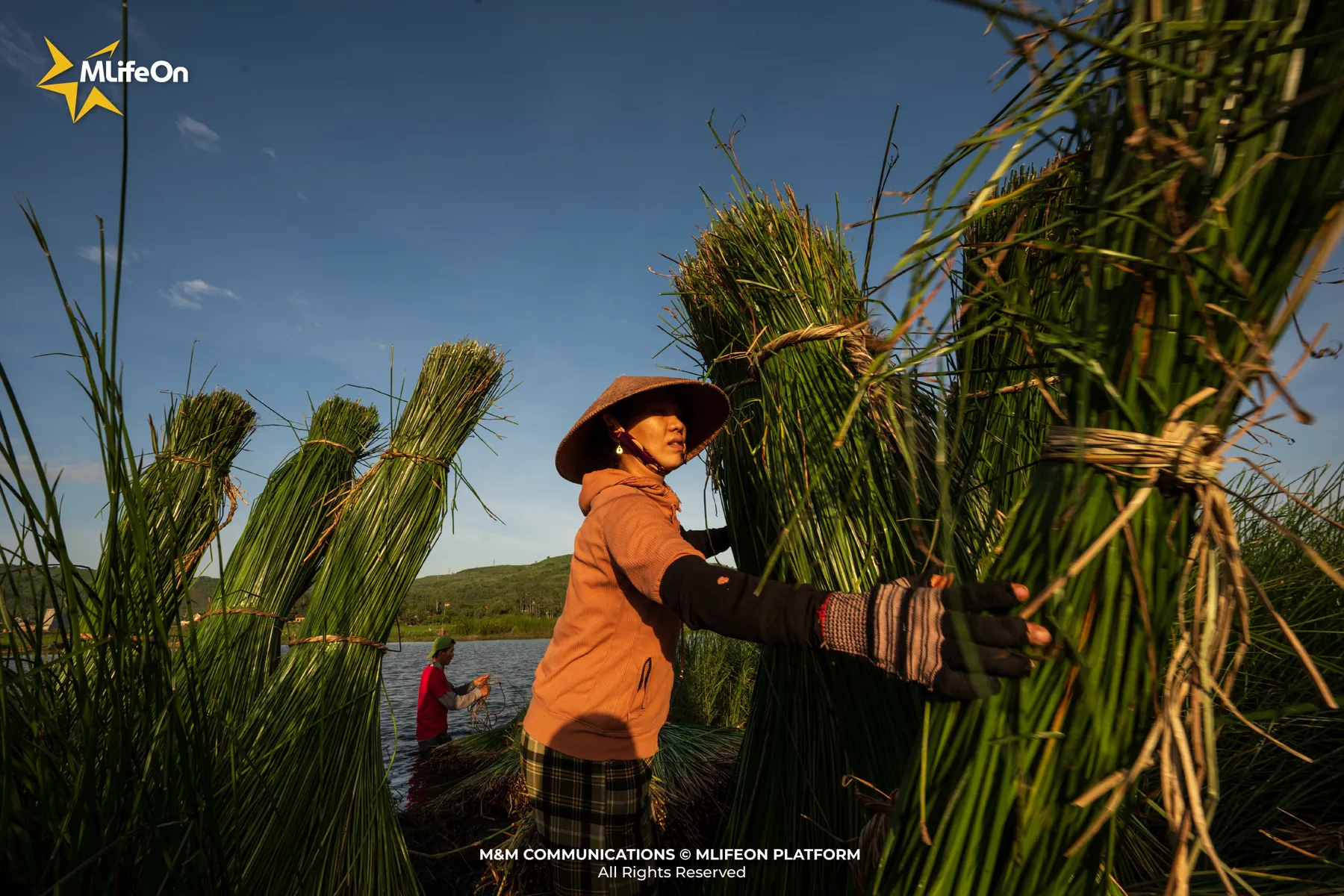
Sedge is harvested when it is still fresh and green
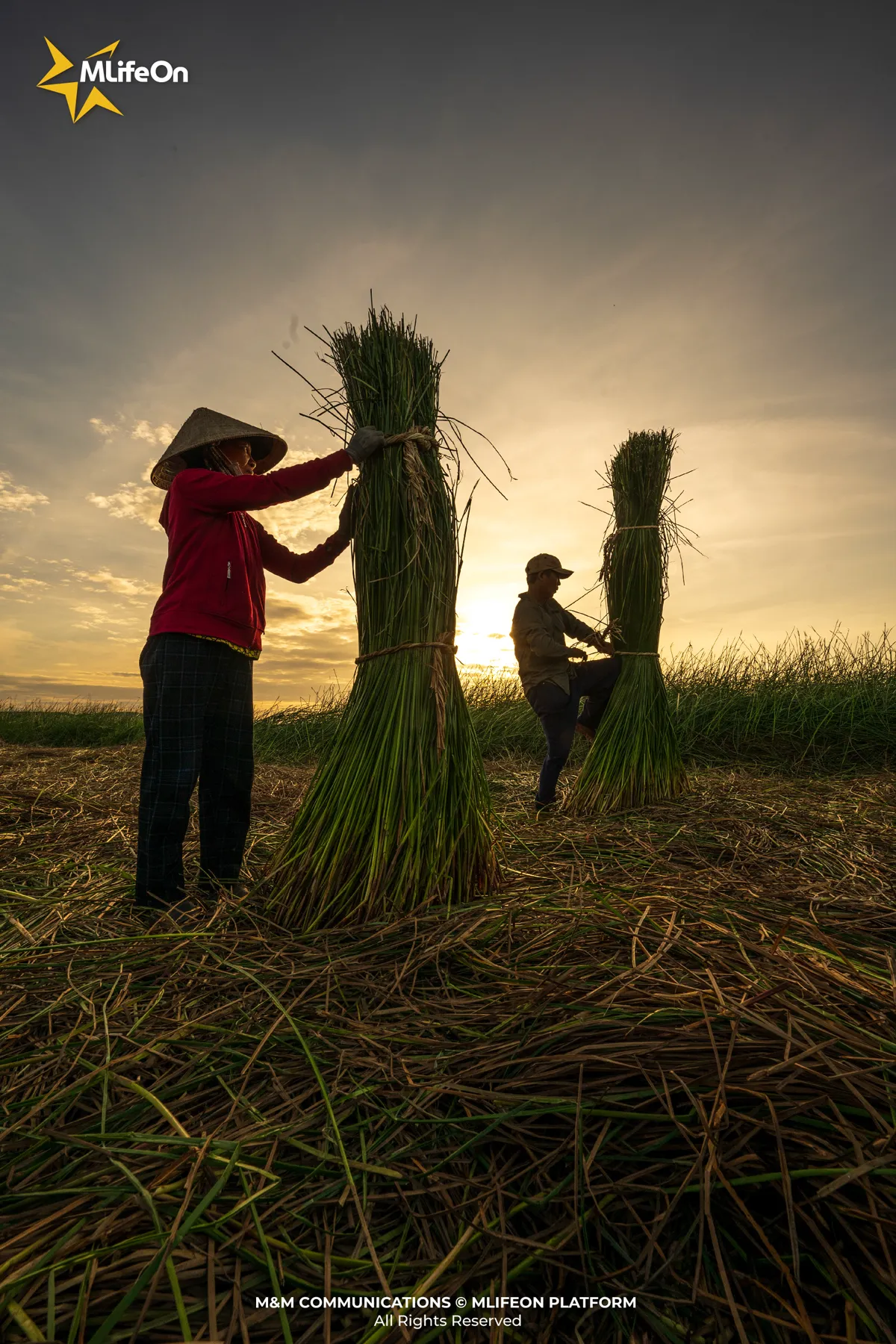
After being brought back, the bundles of sedge are split, dried, and dyed using traditional techniques, each fiber is carefully selected before being placed on the frame. The dyed colors are usually blue, red, white, and yellow. However, depending on the weaving idea, the user's preference, or the creativity of the craftsman, the colors used in a product can be flexible in terms of blue and red, and in large or small quantities.
The first time I saw the craftsman cook the color, I couldn't help but be surprised by the way they watched the fire, stirred the fibers, and checked the color. Even though there was no thermometer, each bundle of sedge when pulled up was evenly and brightly colored - as if each fiber was meticulously dyed.
It can be said that for the sedge mat craftsman, each sedge fiber is a heartbeat, a breath of the profession, and they are the ones who take care of each heartbeat of the profession that has been with them for so long.
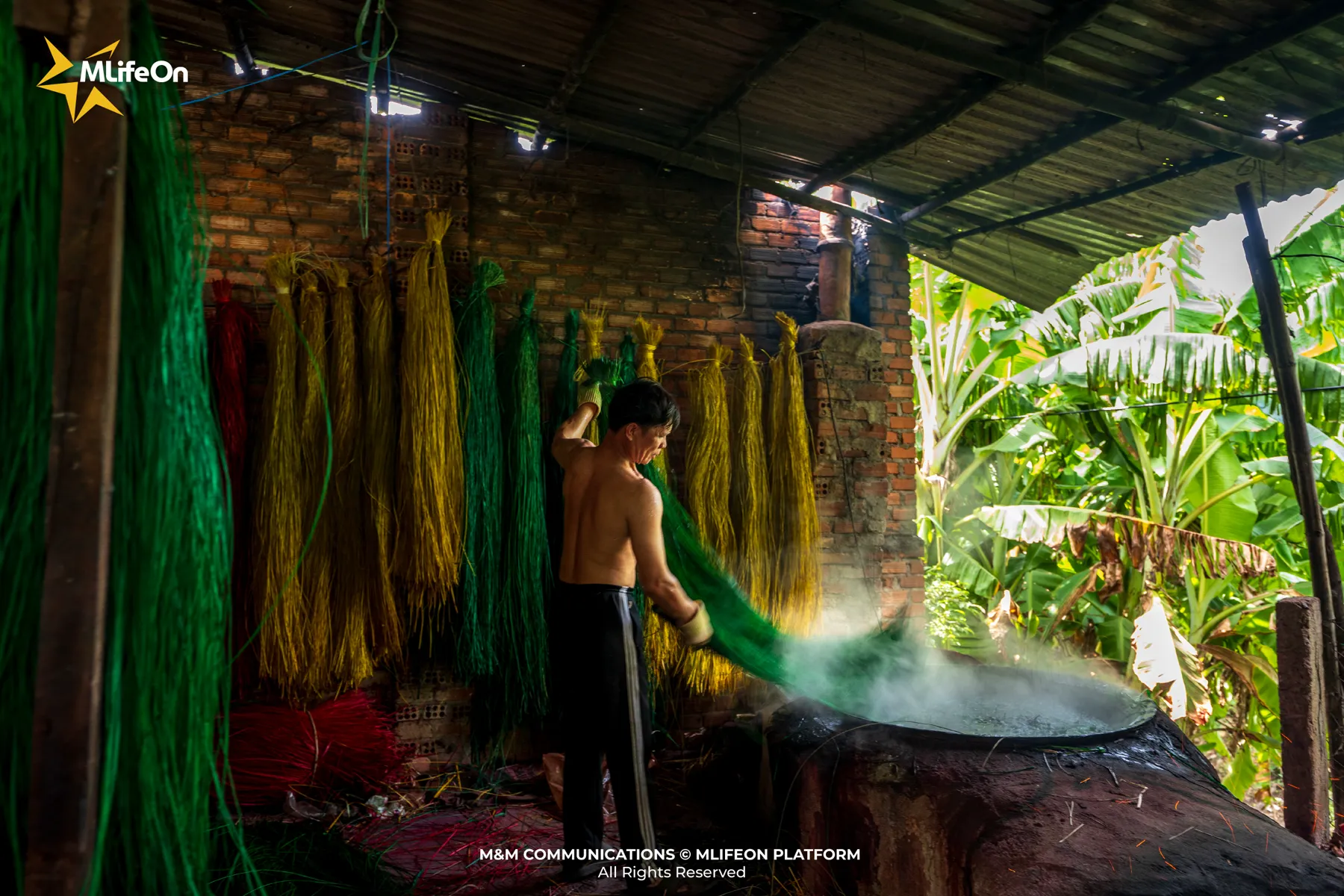
The worker is dyeing the sedge
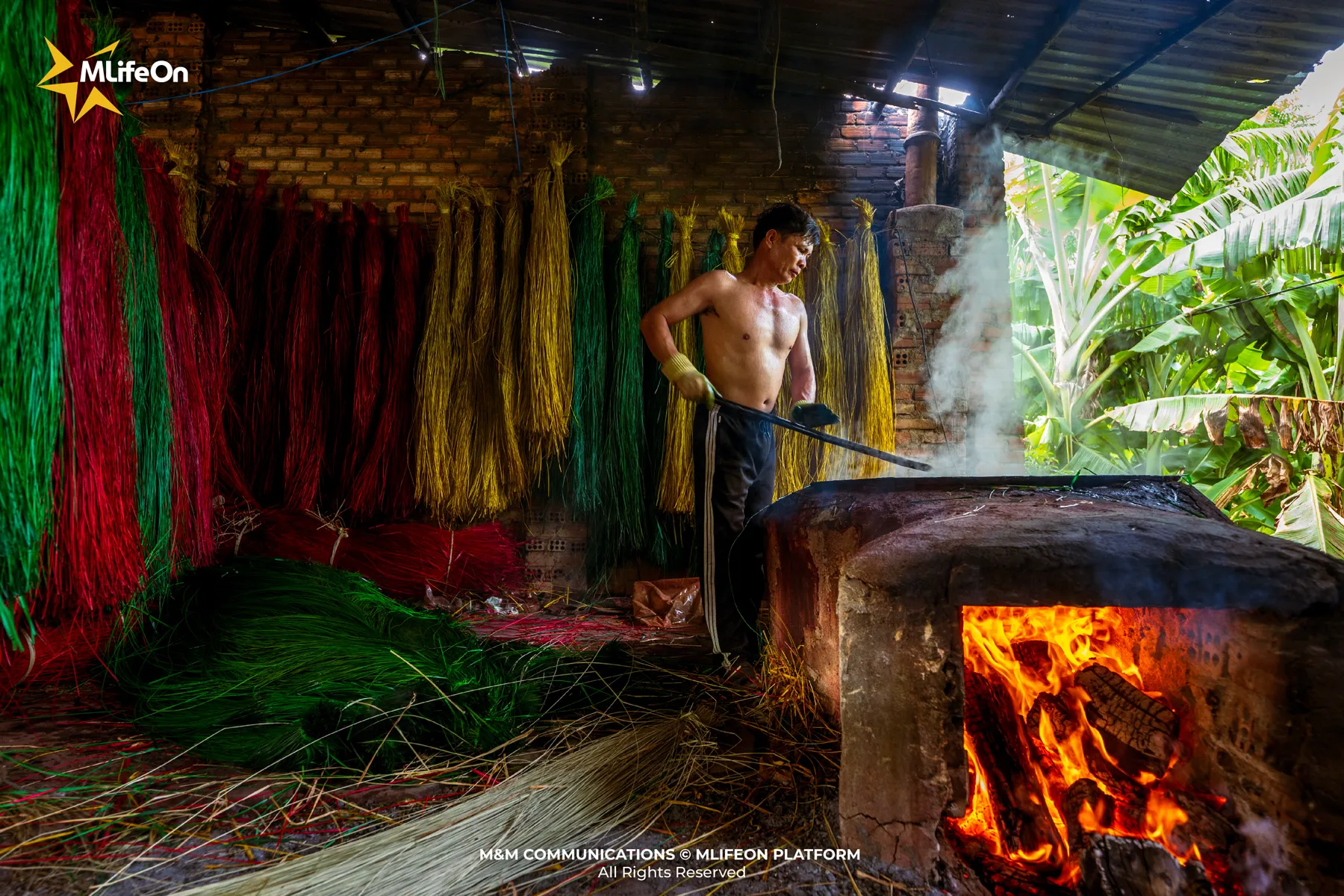
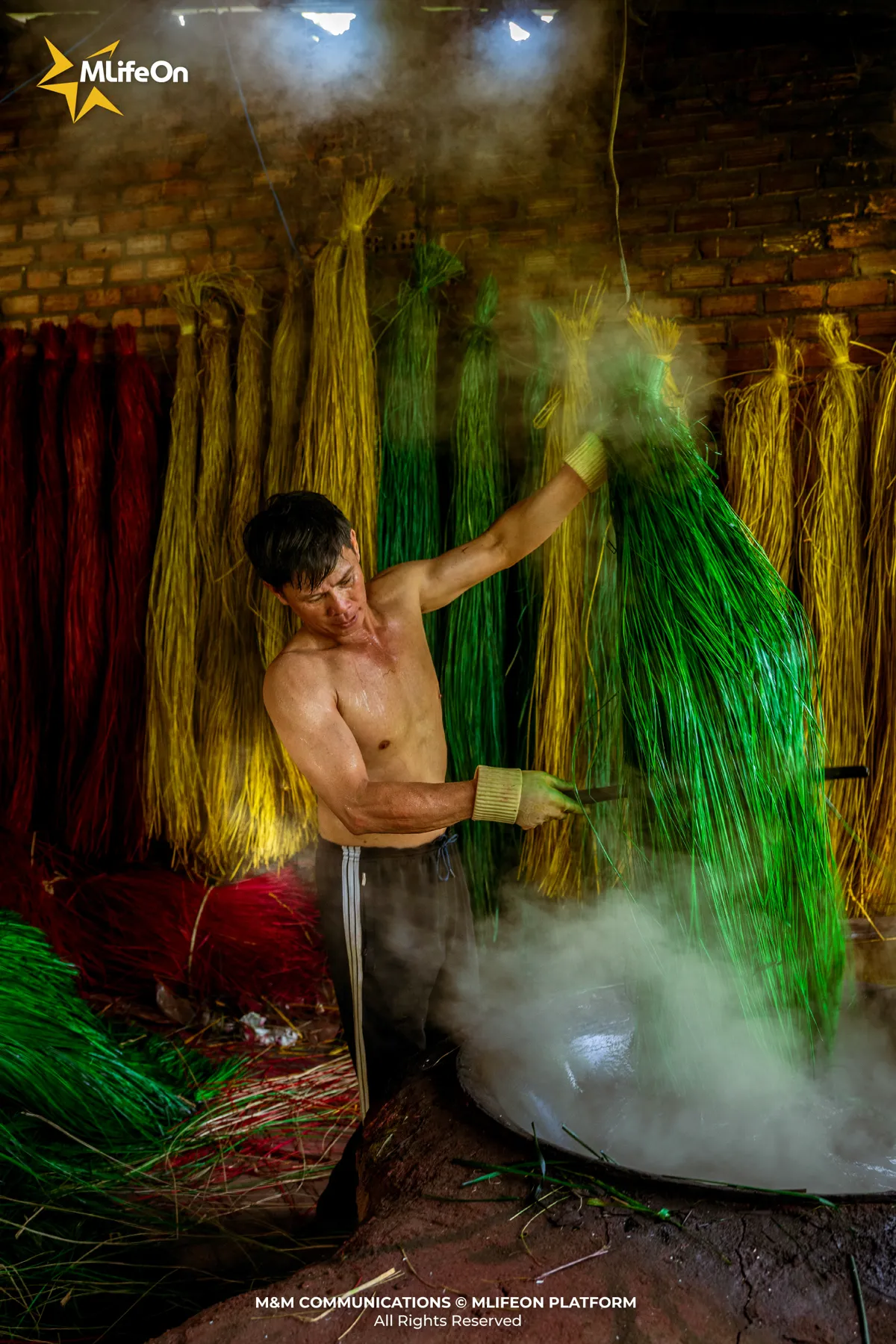
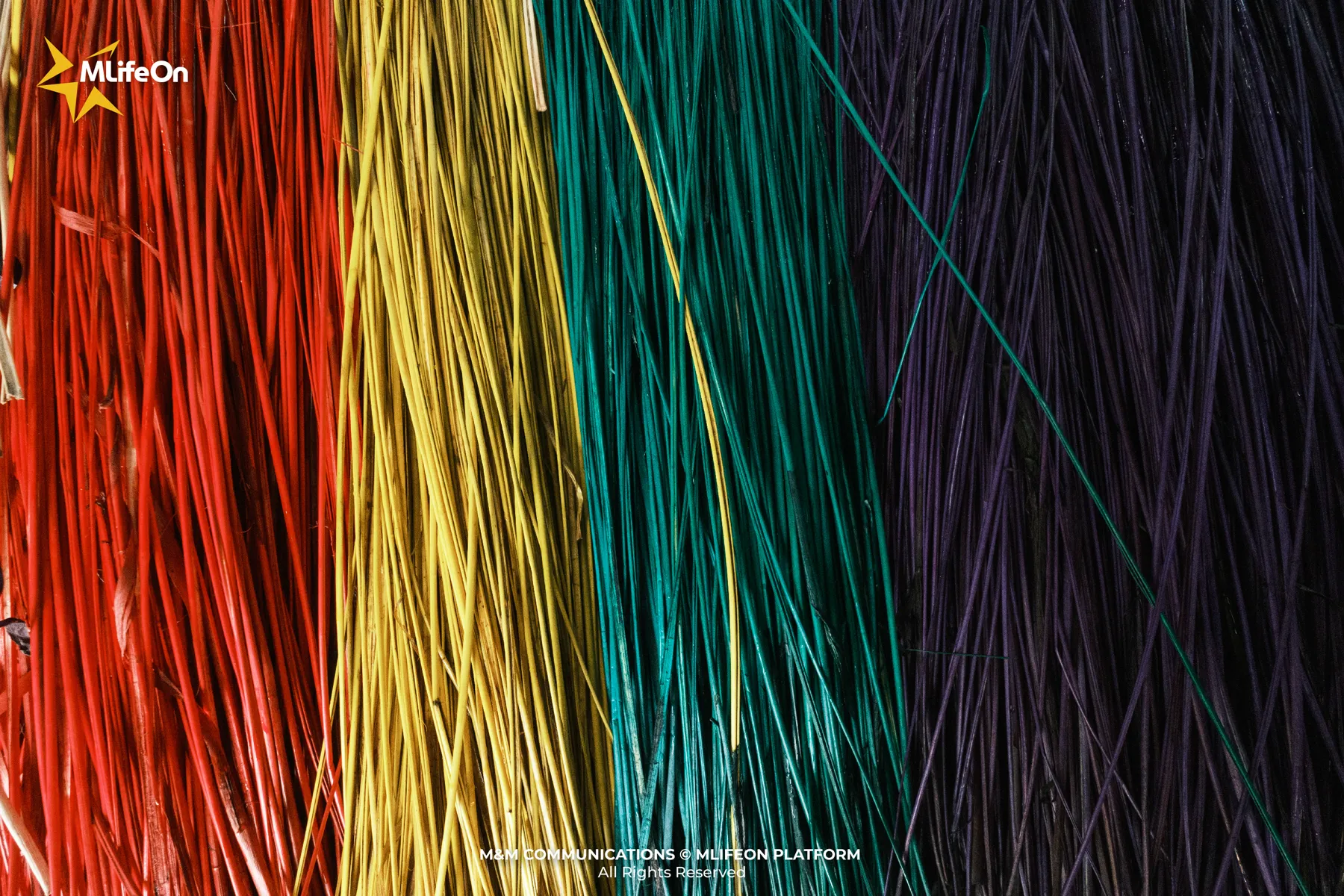
Sedge is dyed in all kinds of eye-catching colors
Sedge mat weaving – the work of hands and patience
Although today's technology has helped workers reduce some of the hardship, contributing greatly to improving productivity and product quality, making sedge mats is still a profession that requires meticulous coordination, concentration and a heart that loves the job, the sedge fibers, and the loom.
Coordination and concentration are most clearly demonstrated in the weaver. Because unlike net weaving or fabric weaving, a sedge mat loom requires two people to work together: one person threads the fibers, one person beats the rhythm. So with each sedge fiber threaded, each weaving beat requires concentration and good coordination. That's why, each day, two workers can only complete a few pairs of mats, but each mat made is "unique", bearing the individual mark of the craftsman.
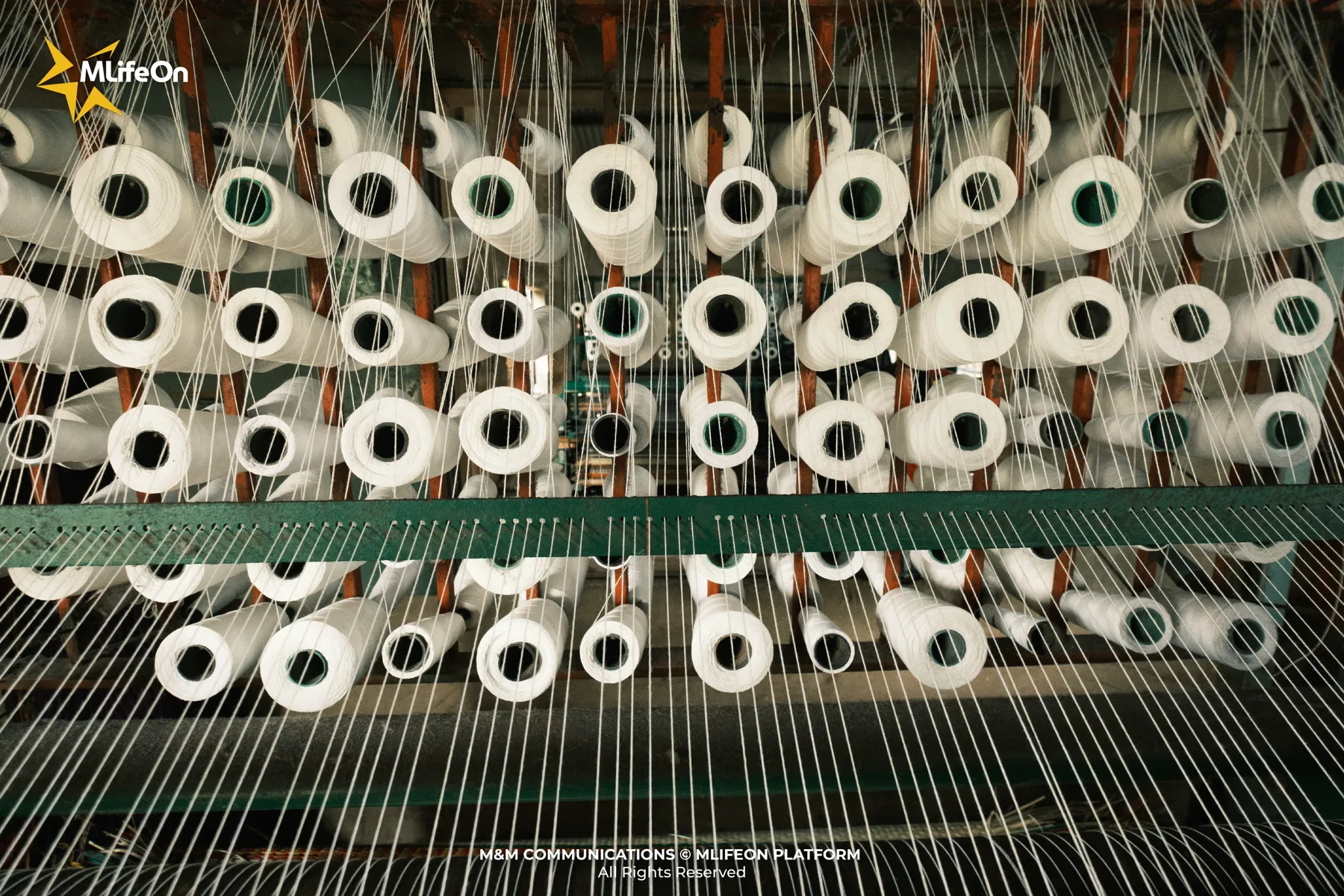
Even with the help of machines, it's a bit of a pain.
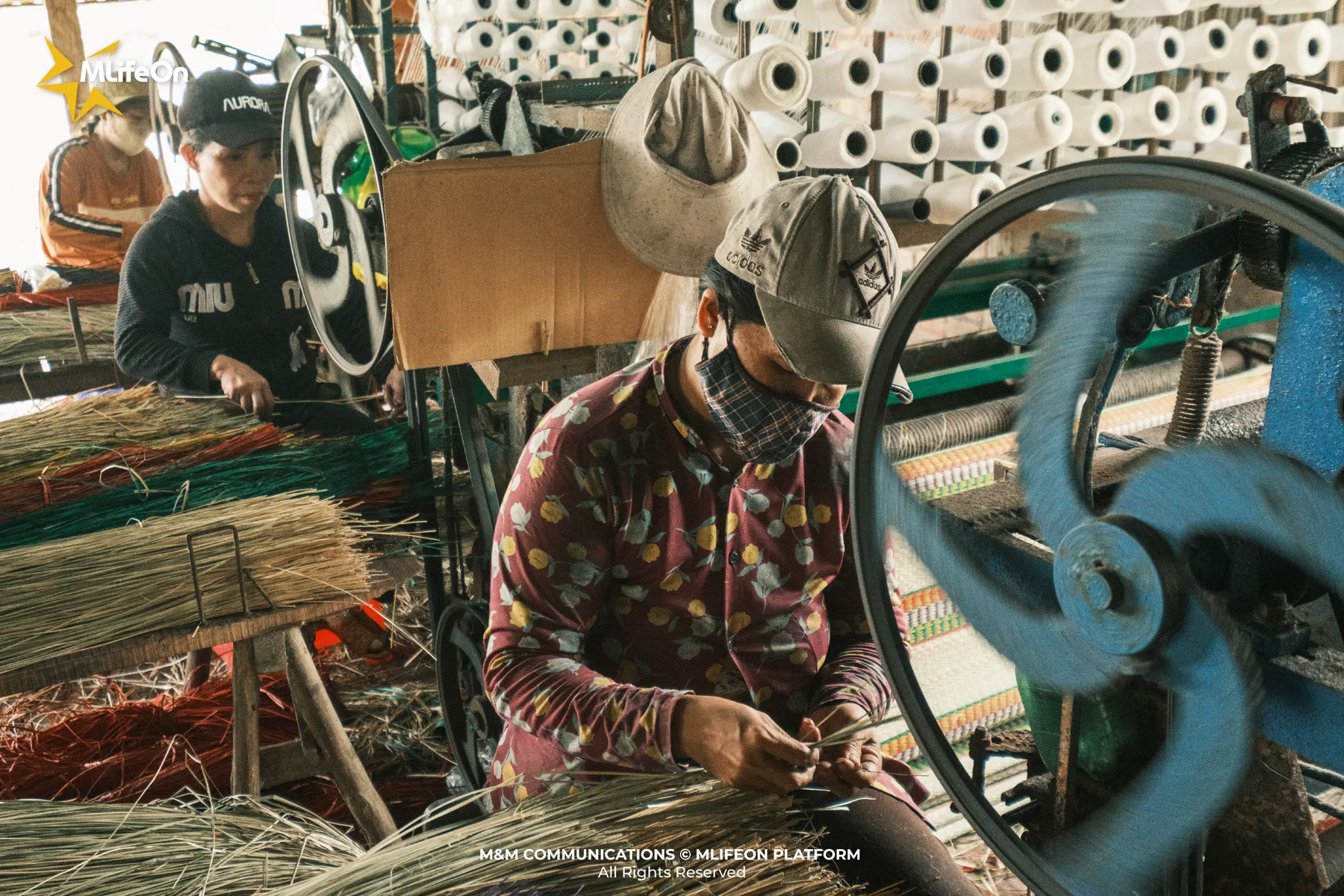
But the craft of making sedge mats still requires smooth coordination and human support.
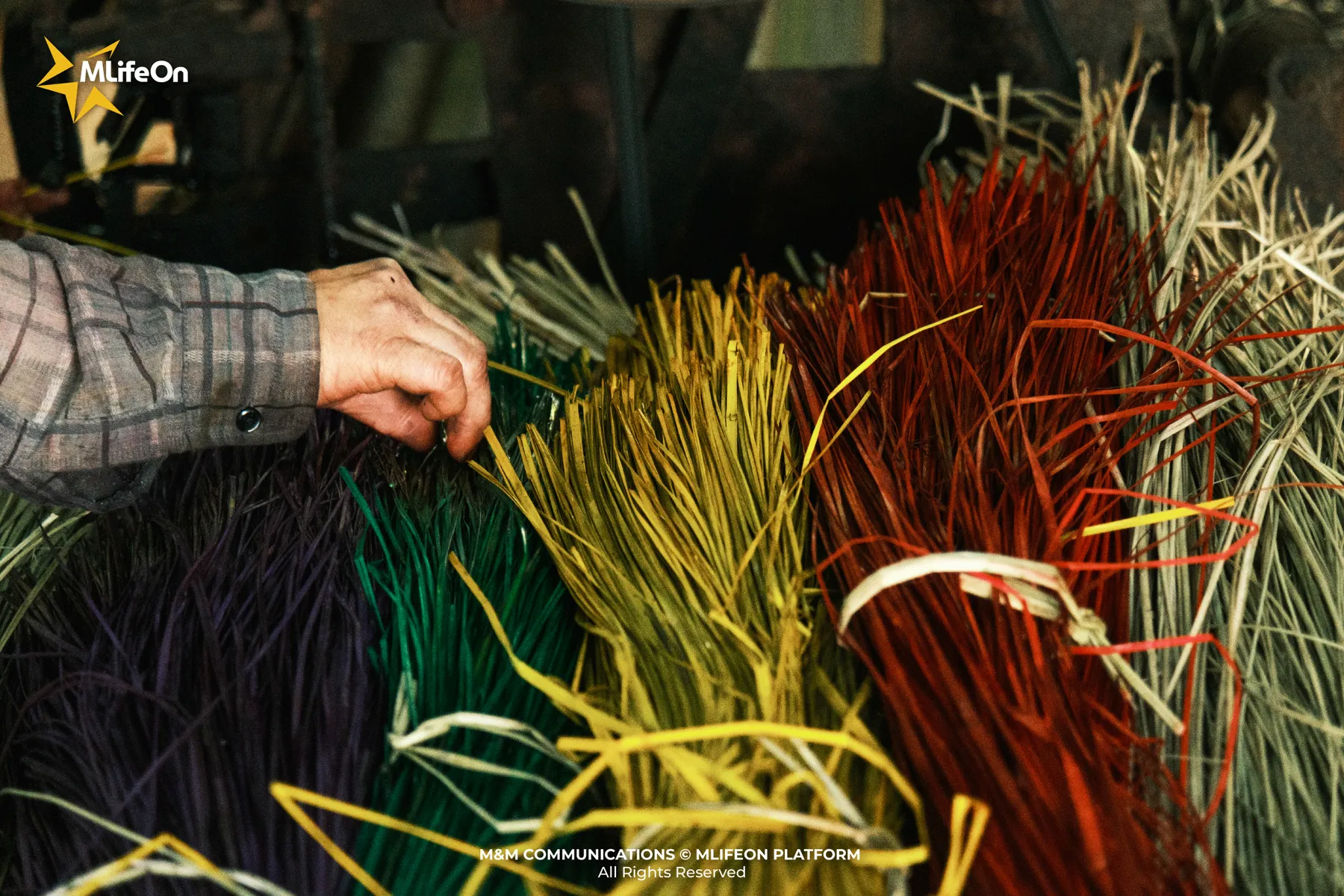
The unique thing about sedge mats is that each product takes a certain amount of time to complete, and during that time, the craftsman brings with him different stories and emotional states. All of these contribute to the impact on the loom, creating a unique and timely product.
A woman happily weaves a mat, telling everyone about her youngest daughter who has just been awarded an excellent student at school. She tells the story with a face full of joy and pride. That joy also follows the loom, seemingly making the mat that is taking shape even happier.
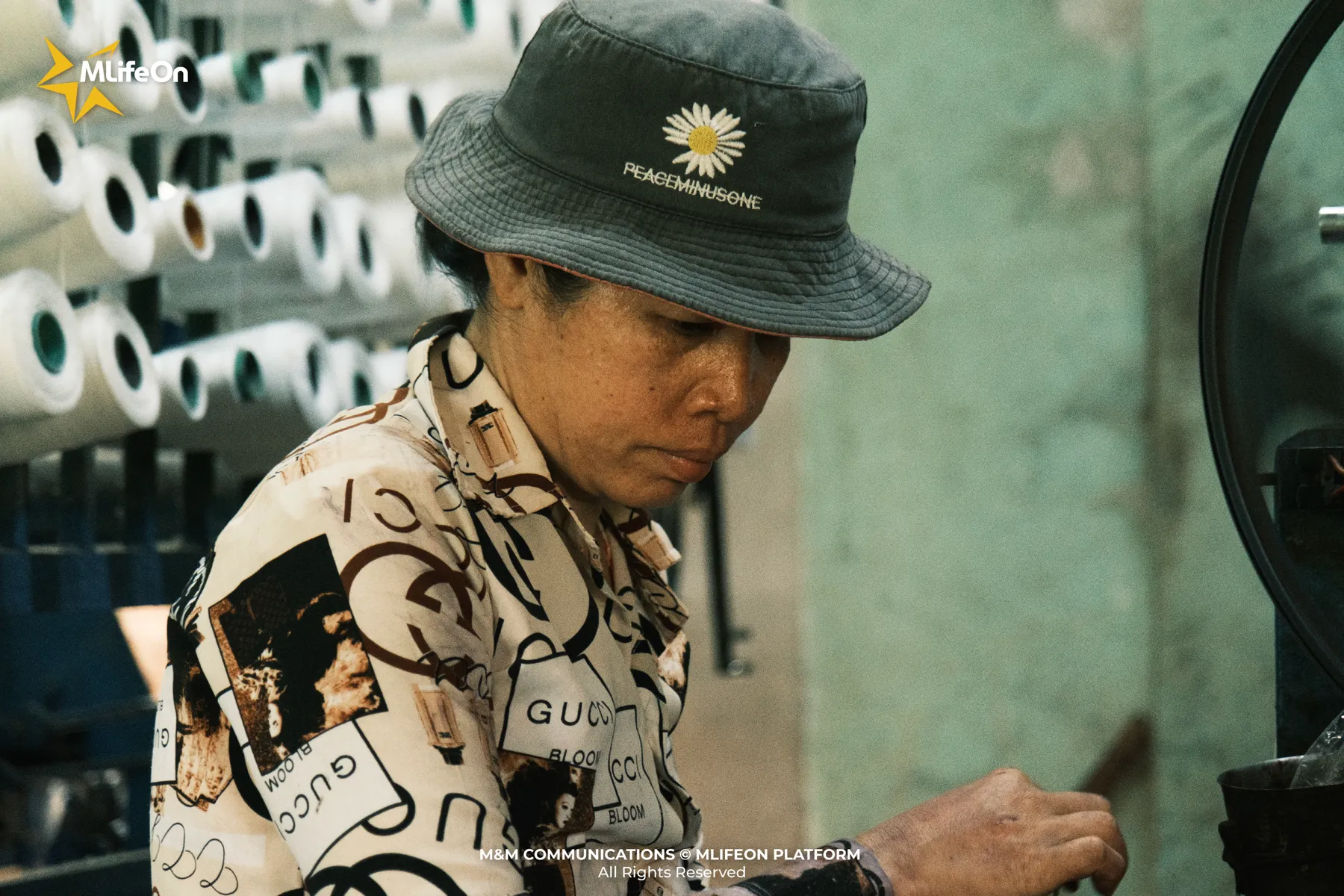
Each craftsman has his own story and brings it to the loom
Sedge mats - not only for lying down, but also for remembering
Today, every house has a modern mattress, but sedge mats are still present as a delicate and traditional choice. Especially in the summer, sedge mats bring coolness, ventilation, and are environmentally friendly. And when made from natural, handmade materials, each mat seems to contain the story of the person who made it.
In Dak Lak province, you can come across roadside mat workshops, yards full of mats drying in the sun, and workers weaving and chatting. Visitors are invited to drink water, listen to stories about the craft, and even try threading the thread, completing a small corner of the mat themselves.
I once tried sitting in the frame, threading a few threads, but my hands kept shaking and the thread came loose. The old worker next to me smiled and said: "Making mats requires practice little by little, there is no rush." That sentence made me realize that this profession is not just about making mats - but also about training patience.
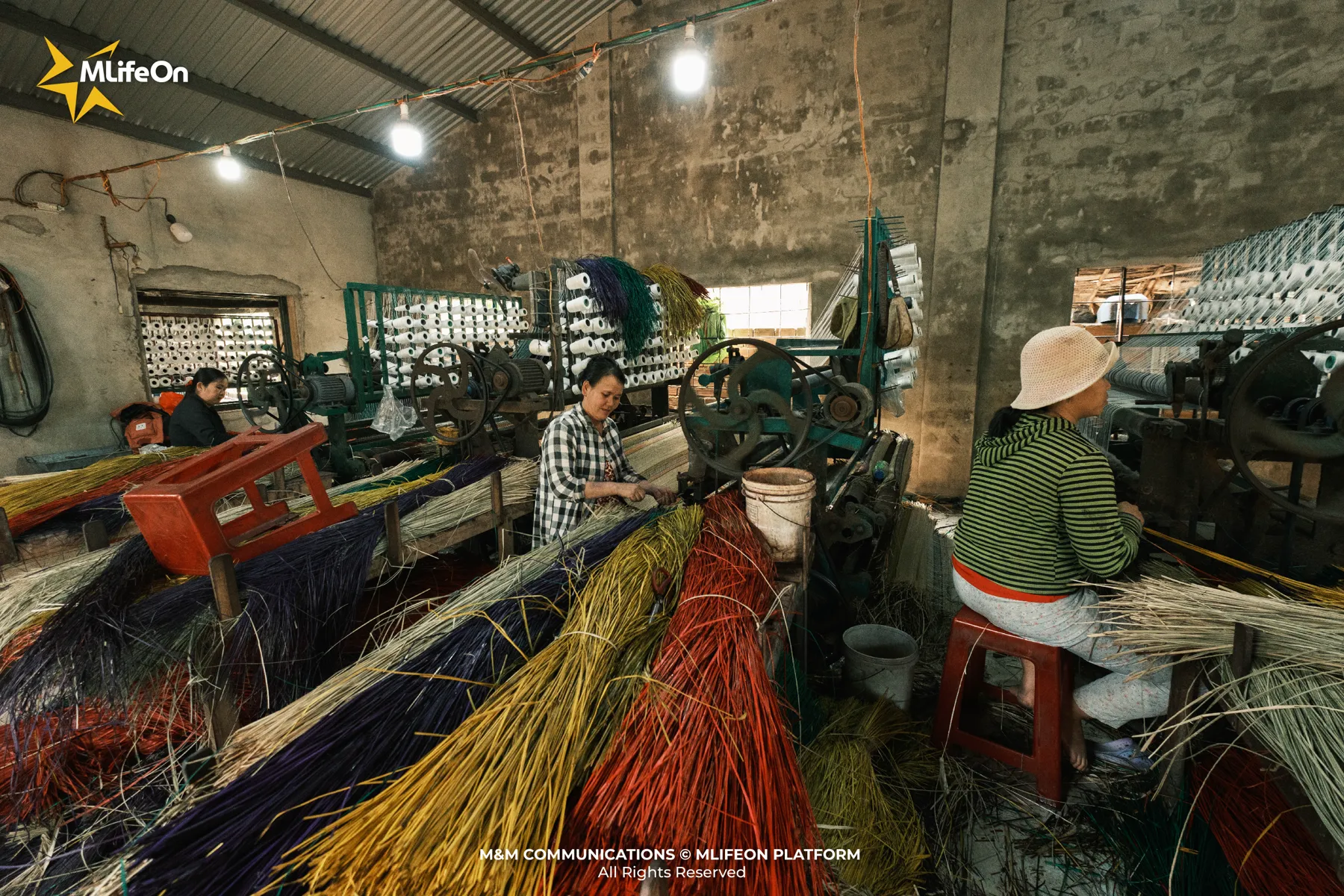
Making sedge mats is a profession that requires patience.
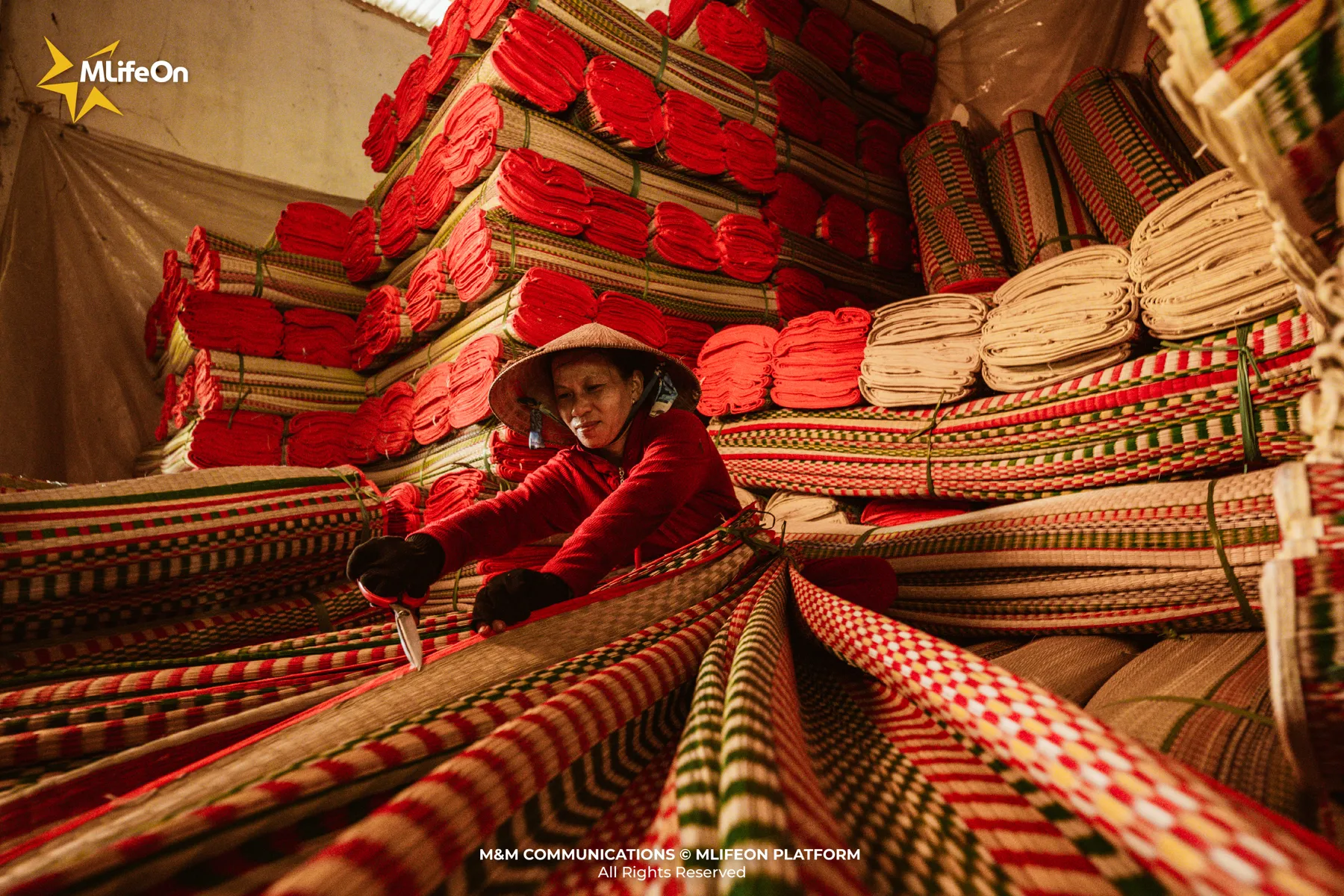
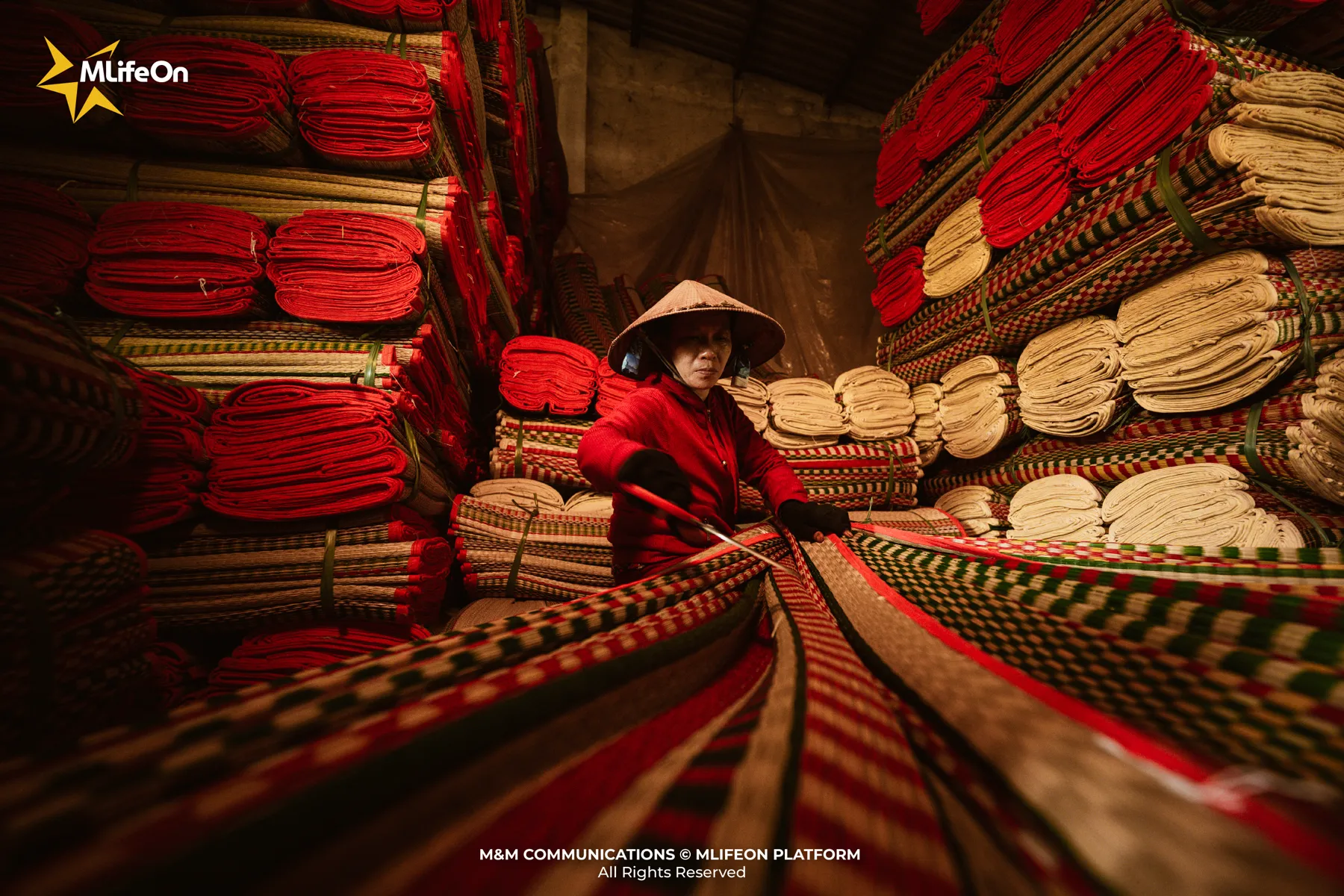
Conclusion
Each mat is the result of sweat, skill, and patience. But more than that, it is a testament to a sentiment that is not easy to name: love for the craft, love for the land, and the attachment of people to the simplest things in life.
Coming to a mat workshop, you can not only look - but also listen. Hear the sound of the loom, the chatter of the workers, and the response from distant memories - where the mat was once spread out, once slept on, once sheltered many gentle dreams.
If you are looking for a more special experience, visit the workshops and villages making sedge mats in Tuy An district, Dak Lak Province to hear about the craftsmen's work and the story of "weaving life" with sedge fibers.
—--
CREDIT:
- Photography: Luan Nguyen
- Content: Giang Huynh
- Design: Phuong Nguyen